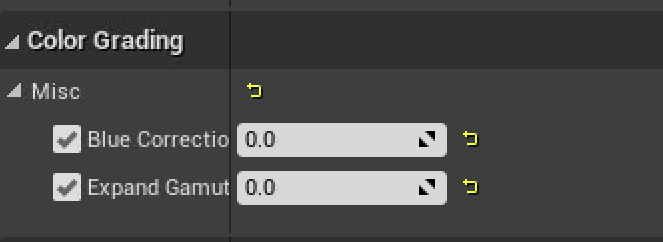Exactly! It is entirely fine to play with exposure though as you author your assets, you should do that all the time in fact, check that they look great at any exposure value.
It could be either that the albedo values are too high or that the lighting intensity/exposure of the scene is too high. Hard to get a solid answer without seeing the texture or asset.
Ideally yes, see it as your neutral authoring conditions.
You can actually set them to 0 in the PostProcessVolume Actor:

Cheers,
Thomas